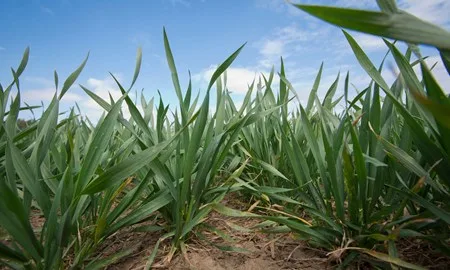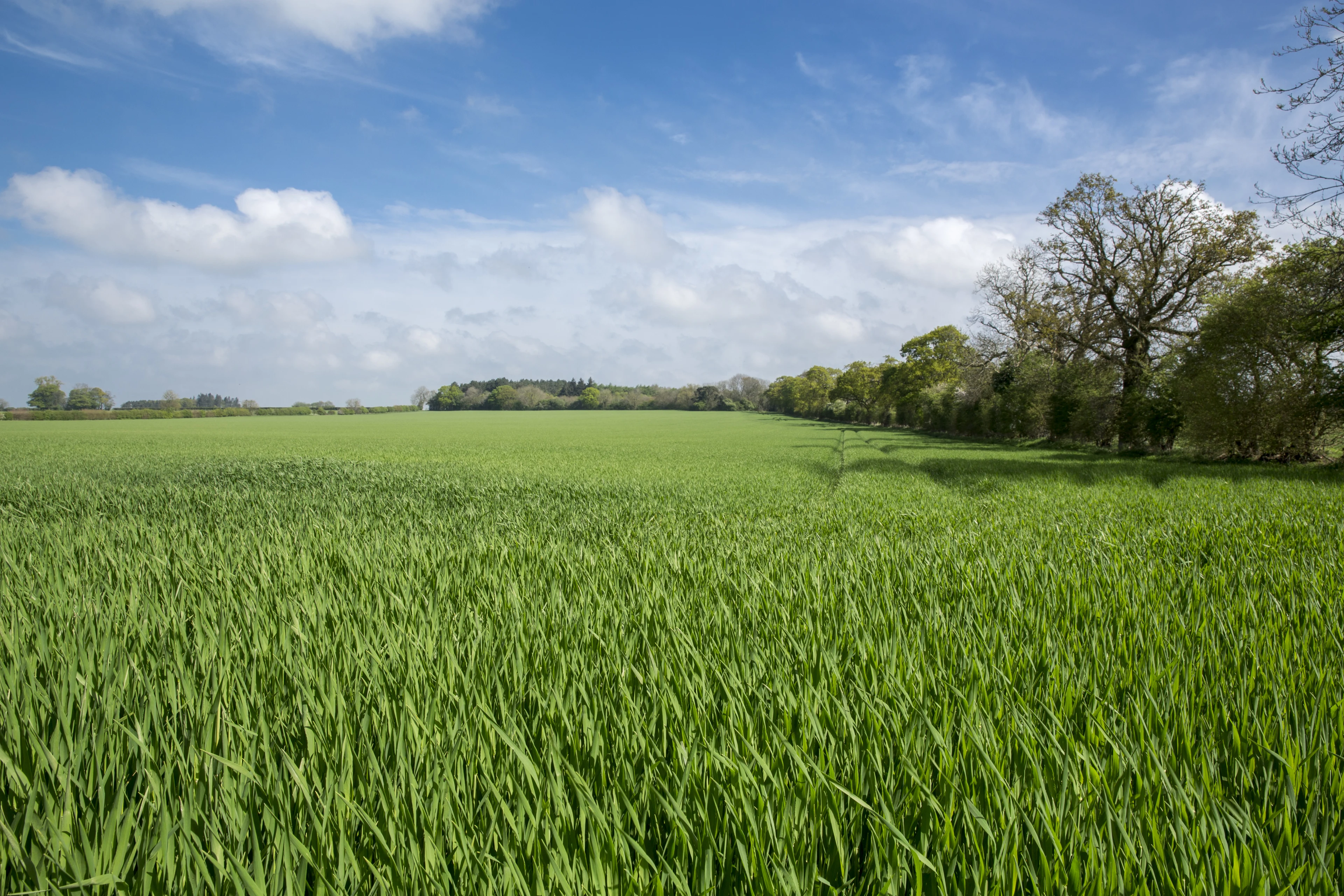
Spring can be a critical time for weed control programmes in winter wheat crops. Both grass weeds and broad-leaved weeds can cause problems in spring and poorly established crops can be particularly susceptible to weed infestations. Bayer’s Darren Adkins provides his advice for wheat management in spring.
Author
| 1st February 2021Tags
Ultimate guide to spring weed control in winter wheat
Check crop condition
Well-established crops are a huge benefit for weed control because they can compete with weeds effectively. Thin backward crops start at a big disadvantage and need more attention to produce a good return. Identify any problem areas with poor crop establishment and consider management options.
Check weed populations
Autumn pre-emergence programmes typically control a broad spectrum of weeds but they are rarely give 100% control. In addition, there are spring germinating weeds to consider. Check which grass weeds and broad-leaved weeds are present in the crop and how they are distributed to plan the control strategy.
Ground conditions
Weed control depends on being able to get out into the crop and spray. In early spring, wet, cold soils can be a big problem so herbicide treatments often happen when it is possible rather than at the optimum timing. Assess when it is feasible to travel on the field and consider how that may affect product use and tank-mix options. Likewise, if you are re-drilling with a spring crop, make sure that you don’t go on wet ground and seriously damage the soil structure for this and future crops

We Highly Recommend:
Reduce seedbank
Reducing the seedbank is critical to long-term black-grass control and it is a similar story with other grass weeds. In any one season, there is often a compromise between minimising seed return and maximising yield because wheat can still yield well despite fairly high weed populations. However, allowing more seed to return to the soil each season will gradually make it harder to farm successfully so at some point, short term gain from yield has to be sacrificed to the long-term aim of reducing the seedbank.
Maximise wheat yield
High returns will always be the overall aim when farming but how much long-term weed control are you willing to sacrifice to save money on herbicide spend in one season? The answer to this question depends on the specific situation on each farm with things like rotation options for following crops, land ownership and crop contracts all affecting the decision.
Good entry for following crop
Where a crop fits in the rotation is also a factor in management. Does the crop need to be managed in a particular way to improve the potential of the next crop?

Herbicides
In most wheat crops, a herbicide of some kind is needed to control weeds in spring to reduce seed return and improve yield. The exact choice depends on the weed profile and time of application. If grass weeds are the main target, Atlantis OD (mesosulfuron + iodosulfuron) is a good option in January. From 1 February, growers have the option of Atlantis Star (mesosulfuron + iodosulfuron + thiencarbazone) or Pacifica Plus (mesosulfuron + iodosulfuron + amidosulfuron). Atlantis Star is the best option against grass-weeds and certain broad-leaf weeds. Pacifica Plus has a good profile against a range of broad leaved weeds as well so it is a good candidate for the mixed weed situations seen on many farms. If only one particular weed is causing a problem, there are a number of products available for example Othello (mesosulfuron + iodosulfuron + diflufenican) for annual meadow grass control.
As well as contact acting herbicides, residual herbicides such as 0.3 L/ha Liberator (flufenacet + diflufenican) can be applied until 31 March / GS23. Residual protection will help control any spring germinating weeds but is not likely to have much of an effect against large established weeds because they will have roots below the zone of activity in the soil.
Herbicide performance depends on good application conditions. Contact acting herbicides need active growth in the weed and fairly still, dry weather so that the herbicide can settle and be taken in by the target leaf.
Crop management
Take steps to improve crop competitiveness in spring. Rolling encourages tillering and early nitrogen can improve growth. If crops are in very bad condition, re-drilling with a spring crop is also an option.
Patch management
Weeds are often concentrated in patches which are a starting point for infestations to spread across the field. Aggressively controlling patches can be a good way to get weeds under control by sacrificing some crop this season so that it is easier to crop in future seasons. You can spray off patches at any stage in the season before seed sheds so it is probably worth waiting until later in spring to work out the best area to spray.
If numbers are relatively low, hand roguing problem grass weeds like black-grass from late spring onwards is also a good option.
